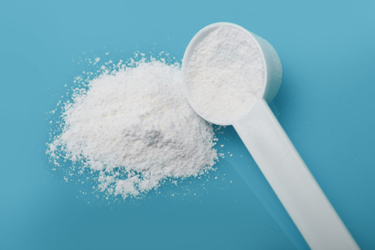A Guide To Preparation Of Carboxymethyl Cellulose (CMC) Solutions

Carboxymethyl cellulose (E466) is a hydrocolloid derived from cotton or wood pulp. It is also known as CMC, cellulose or cellulose gum.
It is water-soluble and used in the food industry, either alone, or in combination with other hydrocolloids as a thickening and stabilizing agent and to bind free water. Example applications include beverages, cheese, ice cream, sauces, baked goods and frozen desserts. It can also be used to improve mouthfeel in powdered beverages. It also finds use in applications in the pharmaceutical, cosmetic and chemical industries, for example, CMC is used as a tablet binder and can be found in toothpaste and drilling muds.
All grades of CMC are soluble in water at any temperature although, as with other hydrocolloids, the powder has a tendency to form lumps or fish-eyes when in contact with water. There are a number of precautions that can be taken to prevent this; many manufacturers will offer different powder granule sizes, citing the ease of dispersing larger granules.
Read how a high shear mixer can dramatically speed up this process.
Get unlimited access to:
Enter your credentials below to log in. Not yet a member of Food Online? Subscribe today.
